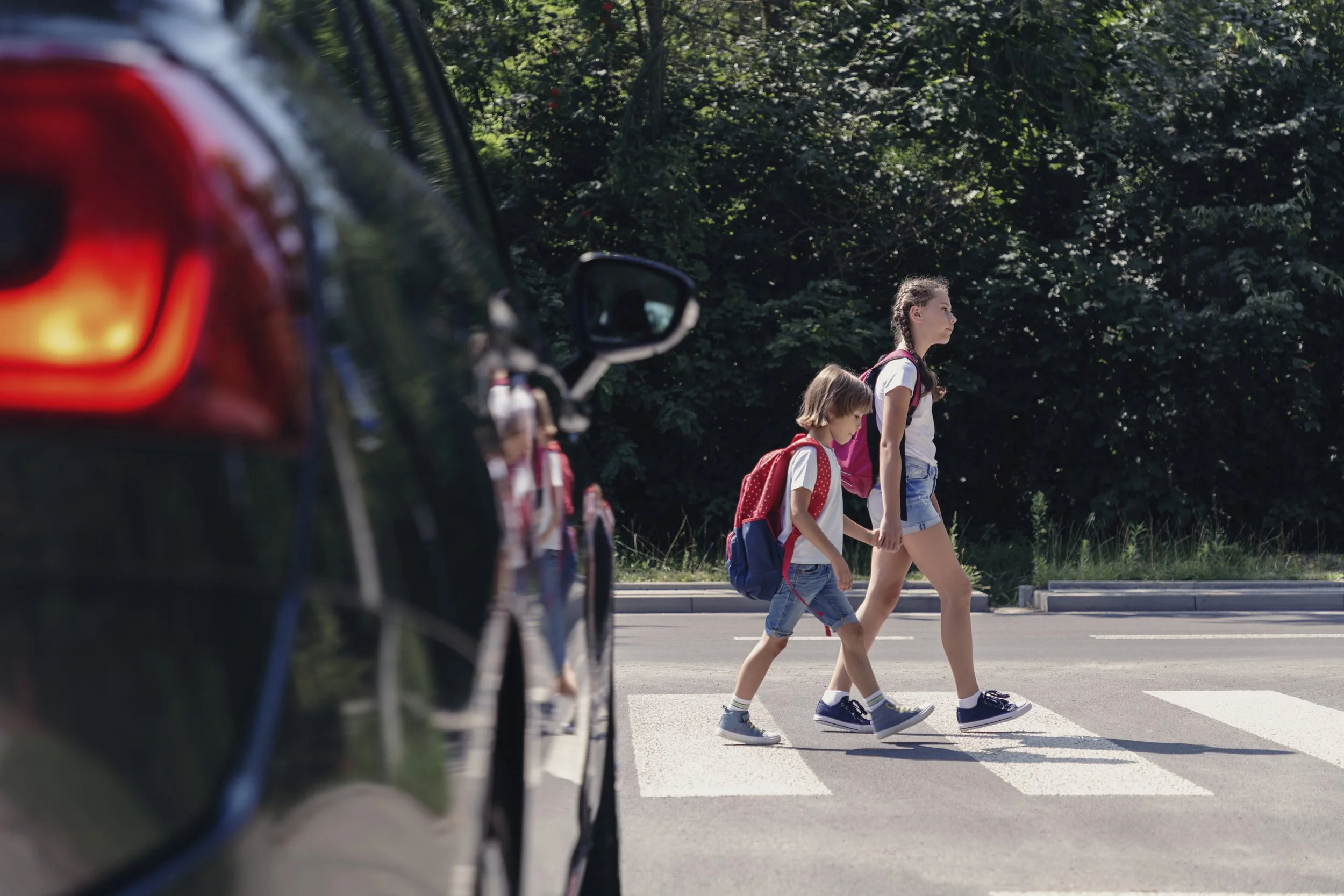How Do We Create a Safe Path For Our Kids to Get to School? Passing AB645 is a Start
Plus, safety tips for drivers and pedestrians alike
It’s back-to-school time, and families are working out how to safely get their kids to school. Parents worry about road safety, especially when they aren’t the driver. Will drivers slow down near my child’s school? Will those driving bigger and heavier vehicles see my kids when they’re crossing the street? Will passing cars be going the proper speed limit in a school zone?
Speeding accounts for nearly a third of all traffic fatalities. Los Angeles has seen an increase in traffic fatalities by almost 16% from 2020-2021, with many fatalities and injuries occurring near local schools. According to the Federal Highway Administration, speed cameras can reduce crashes on urban streets by 54%.
Passing AB 645 is a great start to making streets near our schools safer. AB 645 creates a new speed camera pilot program in Los Angeles, San Jose, San Francisco, Long Beach, Oakland, and Glendale, allowing these cities to install speed cameras in school zones and areas with a history of vehicle racing and accidents.
Here is how the program works:
Speed safety cameras are installed in major California cities, with priority around schools, and to incentivize drivers to pay attention and slow down.
Funds raised through the issuance of tickets would be designated toward implementing the program along with other street calming initiatives.
Violations will be handled differently from most speeding tickets. First-time drivers in violation will receive a warning. The second time, there will be a civil citation of $50 that will slightly increase with every 10 miles traveled over the speed limit.
Points will not be added to people's driving records. The program has cameras that only read license plates. They will not use facial recognition.
Other cities in the United States have already embraced speed safety cameras, including New York City. Speed detection systems dramatically impact driver behavior and can reduce the number of severe and fatal crashes by as much as 58%.
While we desperately need more tools like speed cameras to protect communities better and save lives here in California cities, drivers and pedestrians can help the cause by remembering the following safety tips while driving and walking in Los Angeles.
USEFUL SAFETY TIPS FOR DRIVERS
Drivers MUST take precautions to account for increased traffic and dangers as children return to school. Schedule 15 minutes extra each day if you drive through a school zone and/or need to drop off or pick up kids.
Drivers need to be on high alert between 8:30-9:30 am and 3-4 pm, typically the times children travel to and from school. Be on alert in school zones!
Pedestrians have the right of way at any intersection. Crosswalks are considered to be present with or without painted lines. Pedestrians may legally cross at these unmarked intersections unless a sign prohibits the crossing.
Reduce speed in school zones because injuries and damages resulting from accidents are reduced when vehicles are traveling at lower speeds.
Stop for school buses. It is illegal in Los Angeles to pass a stopped school bus with a stop sign extended and lights on.
SAFETY TIPS FOR CHILDREN AND PARENTS
Children need to understand at a young age where it’s safe to walk and how to spot potentially dangerous situations. Crossing the street is a big step toward independence for children. The following checklist is crucial for children to learn to cross the road safely. Between Kindergarten and third grade, children should always cross under the supervision of an adult.
Walk facing traffic. If no sidewalk is available, children should walk on the side of the road facing traffic, off the roadway if possible. This allows those on foot to see and react to potential dangers, which is impossible if their backs face traffic.
Get help from an adult. Children should always cross under adult supervision if they are between Kindergarten and third grade.
Find a safe place to cross. Crosswalks are the safest place for pedestrians to cross the road, but they may not always be available. Cross in areas with a good view of oncoming traffic from both directions. Educate children on the common types of visual barriers to look for, such as bushes, trash cans, and parked cars.
Make eye contact with drivers.
Wave to drivers to make yourself visible.
Look left entirely, right, and left again before crossing a street.
Stop at the edge. They should always pause at the curb to get a good view of traffic. It also gives drivers a chance to see them.
Look and listen. In addition to looking both ways before crossing, encourage kids to listen for cars. Emergency vehicles en route to a call can be heard long before being seen and may travel above posted speed limits. If they hear a siren, ensure children know to wait until the emergency vehicle has passed before proceeding.
Cross quickly and safely. Children should be taught to cross the street in a straight line, without delay, but always walking. Running increases the potential for falls.
Always stop at driveways. Educate children to stop as they approach a driveway. They should cross once they look and confirm no cars are coming or going.
Dress for visibility. Bright clothes with reflective materials help drivers see pedestrians, especially when it’s dark outside. Ensure that children understand how critical it is to be visible to drivers.
FINALLY- Always remind teenagers NOT to text while crossing the street.

